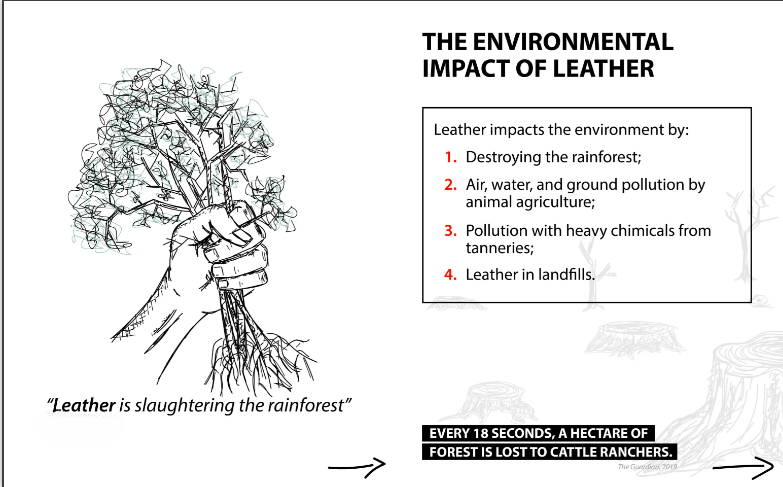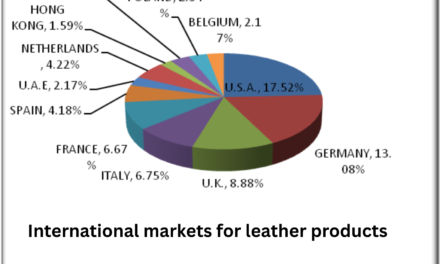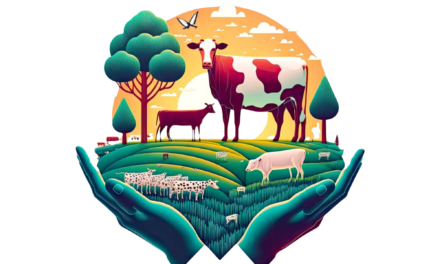The leather industry in Panapakkam, Tamil Nadu, faces several environmental challenges that are characteristic of leather manufacturing processes:
1. Water Pollution:
- Effluent Discharge: Tanneries generate substantial volumes of wastewater containing pollutants such as chromium, sulfides, and organic matter. This effluent can contaminate local water bodies if not adequately treated, adversely affecting aquatic ecosystems and human health.
2. Chemical Usage:
- Toxic Substances: The tanning process employs various chemicals, including chromium salts and formaldehyde. Improper handling and disposal of these substances can lead to soil and water contamination, posing environmental and public health risks.
3. Solid Waste Management:
- Organic Waste: The industry produces significant amounts of solid waste, such as animal flesh and trimmings. This waste can decompose without proper disposal, emitting foul odors and attracting disease vectors, impacting community well-being.
4. Air Pollution:
- Emissions: Processes like dehairing and delimiting release gases such as hydrogen sulfide and ammonia, contributing to air quality degradation and potential health issues for local populations.
5. Resource Consumption:
- Water and Energy Use: Leather production is resource-intensive, requiring large quantities of water and energy, which can strain local resources and contribute to environmental degradation.
Addressing these challenges necessitates the adoption of sustainable practices, such as implementing efficient effluent treatment systems, reducing chemical usage, and promoting waste recycling to mitigate the environmental impact of the leather industry in Panapakkam.







